
Laundry Cleaning Method Explained
Posted by Editor on Oct 24th, 2018 in Lifestyle | 0 commentsHaving a busy schedule means that you won’t have time to do the laundry. Fortunately, the laundry service offers various methods for individual and commercial laundry needs. You can even get your clothes back through a same day dry cleaning process. But before you head to the nearest express laundry in Singapore, you might want to read up on the different methods they use to clean your clothes.
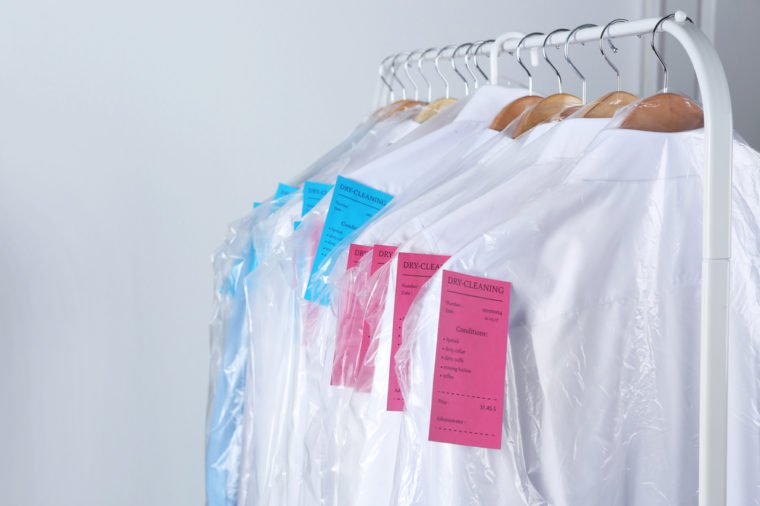
Labels and Sorting
To achieve very clean clothes, the laundry is first sorted based on the fabric, weight, color, degree of soiling, and the instructions on the care label. For example, a white shirt should not be washed in the same batch as a white towel. The staff will wash towel separately based on its weight, degree of soiling, and purpose. The last one is very important for laundry delivery services in Singapore because the customer will expect that the clothes will be returned to them in good condition.
Not all fabrics can be cleaned with water and detergent, tumble-dried or even ironed, however. There are also some fabrics that are only suitable for handwashing and should be not bleached or chlorinated. The clothes are also sorted based on the customer’s instructions. Some that are for commercial use such as laundry for spa and clean towels for hotels and restaurants should be cleaned separately from items for individual customers that are for wash and fold only.
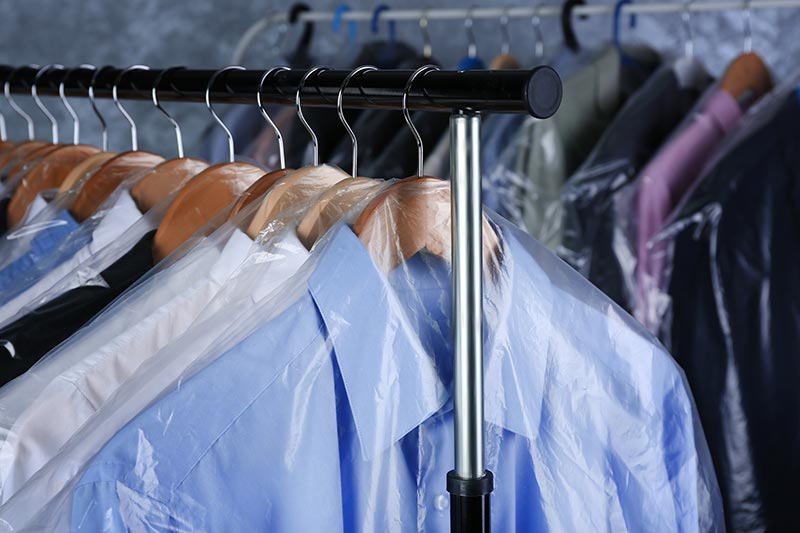
Dry-Cleaning
The dry cleaning method is known to use chemical dryer (dry cleaning agent) instead of water and detergent. The term might be somewhat misleading as the solvent is also in liquid form, but it can absorb oils and stains better than water and detergent without damaging the fabric. Unlike wet cleaning, the clothes are cleaned and dried in the same dry cleaning machine during the process. The dry cleaning price in Singapore is also cheaper than detergent because the solvent can be reused for other batches.
The machine looks similar to a regular washing machine, but it causes less damage on accessories such as buttons, sequins, beadings, and lace. It is a method perfect for almost any type of fabric besides wool, silk, and leather and will even make uniform laundry last longer than regular machine washing.
Machine-Washing
Unless the care label says the item should not be machine-washed, most fabrics are cleaned with water and detergent in a commercial laundry services shop. But the staff also takes note of the degree of soiling and the intended use of the garments. This means that items for individual customers should be separate from the fabrics used for commercial purposes. The agitation and rotation of the machine can be harsh on some items, even when they were made to withstand the cleaning process, so the laundry delivery staff also has to check for additional instructions on the care label such as water temperature, treatment, and washing condition. Items that should be handwashed can still be machine washed as long as the most minimal setting is used.
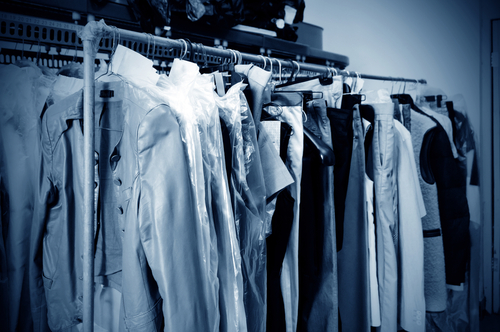
Tumble Drying
Some laundry delivery shops use a different machine for drying clothes. The staff checks the labels whether the fabric should be tumble-dried in low heat or high heat settings. Some clothes, however, should not be tumble-dried and should be flat-dried, drip-dried, or line-dried. The drying method used also determines which ironing method and setting is used by the laundry service shop.
Ironing and Steaming
The ironing labels determine the maximum temperature that should be used to iron clothes. Some 24 hour laundry shops also use steaming machines for other fabrics that can tolerate high temperatures because it’s more effective in removing creases and wrinkles. Finally, the best laundry will mend clothes (if there is any damage or missing buttons and accessories), fold, pack, and label items for pickup or delivery.
Different Types of Leather to Consider
Posted by Editor on Oct 11th, 2018 in Lifestyle | 0 commentsLeather has been used for thousands of years, and yet even those who love this fashionable material don’t know much about its origins and why it’s so expensive in the first place. Let’s look at how leather is processed and the different types of leather that are made today.
Sources and Processing of Leather
By now you should be aware that authentic leather comes from tanned animal skin and rawhide. Most of the leather products in the market come from cattle skin, but other animal sources are used; such as deer, lamb, elk, pig, buffalo, alligator, goat, ostrich, snake, ox, kangaroo, fish, stingray, and yak skins.
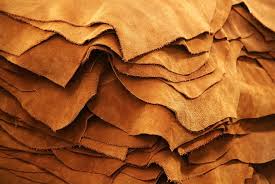
Leather processing can impact the environment, not just with its use of animals for the raw materials, but also the use of chemicals for tanning and the slow decomposition of leather itself. So, if you’re not amused with the idea of using animals for clothing and accessories, you should consider environment-friendly alternatives to leather.
Leather is used to create shoes, jackets, hats, belts, trousers, skirts, bookbinding, furniture cover, and bags. Although they might all look the same, the different processes in tanning result in various forms of leather, such as vegetable-tanned, chrome-tanned, aldehyde-tanned, brain-tanned, formaldehyde tanning, rose-tanned, alum-tanned, synthetic tanned leather, rawhide, and chamois leather.
The production, however, is divided into three main processes, regardless of the intended result; these are preparation (soaking, fleshing, unhairing, etc.), tanning (stabilization of protein from the skin or hide), and crusting (thinning, tanning or lubricating the leather). Other leathers also receive surface treatment after crusting.
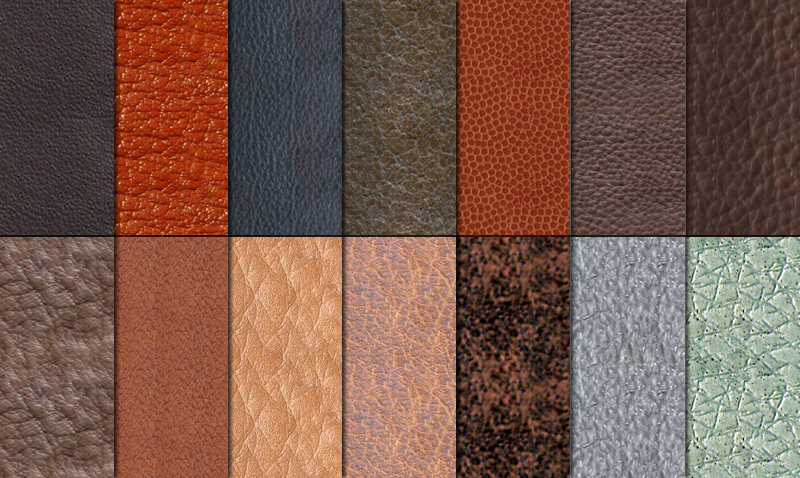
The Different Types of Leather
Leather can be classified in two ways, the type of grain and its appearance and coating (finishing).
Types of Grain:
• Top Grain: It’s the surface layer of the skin and is also the thickest, most durable, and softest part.
• Full Grain: This is a variety of top grain leather which is not altered so that it looks more natural.
• Split Grain: This is the layer found below the top grain and is considered less durable and stiff. One example of split leather is suede.
• Corrected Grain: This is a variety of top grain leather that has been sanded, buffed, and embossed to remove the flaws.
• Bonded Leather: This is a combination of leather pulp and boding materials and used as a layer on fibers. Some people don’t consider this authentic because the pulp is made from hide scraps.
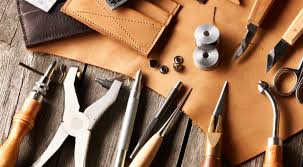
Types of Finishing:
• Aniline: This leather looks natural because it is not coated or pigmented to alter its appearance, but the process is only used for full grain hides that have minimal flaws on the surface. An example of aniline leather is nubuck.
• Semi-Aniline: This finishing goes through the same process as aniline leather, but is treated with pigments to make the surface color more uniform.
• Pigmented: This type of leather uses materials not suitable for aniline and semi-aniline processes. Pigmented leather is sanded, buffed, and embossed so that the grain looks uniform.
7 Ways to Keep Clothes in Good Condition
Posted by Editor on Sep 19th, 2018 in Lifestyle | 0 commentsWe have to meet our basic necessities if we want to live as humanely as possible. And one basic need is to be clothed decently. As we meet this need, there are times when we do it a little bit over the top, purchasing or needing to purchase clothes more than what we need.
So to stop the cycle, we need to take care of what we do have in our closet, giving both our impulses and our wallets a break. Here are some tips you can consider in keeping your clothes in good condition:
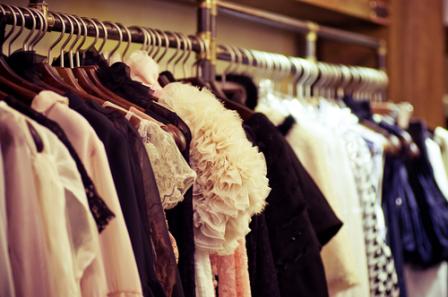
1. Choose and store by color. If you’re out for coffee with a friend, make sure you’re wearing a colored top or dress to ward off any stains you seem to magnet to yourself. Admit it or not, it’s easier to camouflage stains than your clumsiness. Also, store clothes according to color. Keep those blues with the blues to avoid running over the color with your whites and beiges. It should be a reflex for you to coordinate your threads by hue so they can last long.
2. Anticipate your clothing behavior and preferences. If you need dress shirts for work, then don’t binge buy cotton shirts. If you don’t like ironing, stop reaching for those iron-hungry type of clothes that need heat before wearing them. Anticipate the events before purchasing those clothes and you’ll give breathing room for those functional outfits in your closet.
3. Store according to material. For sweaters, you have to keep in mind that they sag if hung for too long. So keep them neatly folded and stacked inside your closet or chest drawer. As for dress shirts, they crease easily so make sure you keep them hung inside your closet.

4. Dress up or down. When you know you’re up for long hours in front of a canvass, give your dress shirt a huge favor and change into grubby paint clothes instead. It’s a surefire way to ruin your clothes if you wear them to just about any activity you engage in. Be reminded that clothes also have purposes too, aside from keeping your back warm. So make sure they serve their purpose as long as they can, without you cutting short their lifespan just because of a stain that just won’t come off.
5. Don’t launder often. Clothes are basically made of thread and sad to say the wear easily if you keep subjecting them to frequent laundry. Keep a generous portion of clothes options so you won’t have to use that same dress over and over again, making it age way before its time.
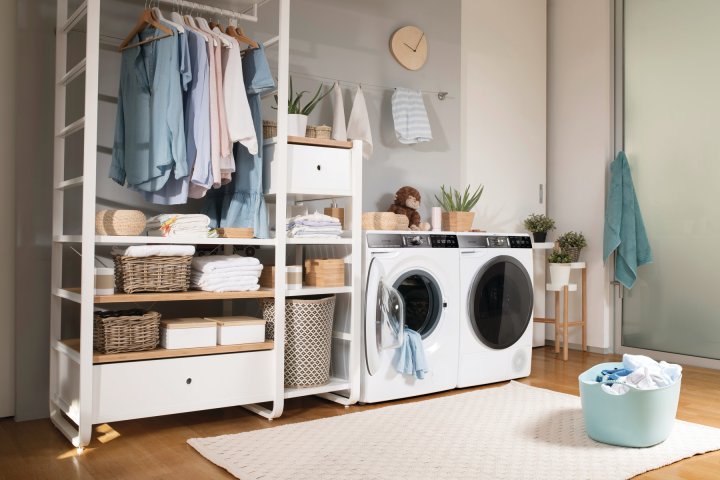
6. Zip up. Before tossing jeans and hoodies inside the washer, make sure they’re zipped up. Open zips can damage other clothes or even the jeans and hoodies themselves. So keep their teeth well-zipped and tucked safely away.
7. Patch immediately and frequently. If you discover a tear or two in your clothing, patch them immediately. Spare yourself of the heartbreak of finding an even bigger hole just because you procrastinated patching it up before tossing it the washer.
Is it Normal to Like Gross Stuff?
Posted by Editor on Jul 16th, 2018 in Lifestyle | 0 commentsAre you one of the thousands who watch pimple-popping videos on YouTube? Do you find earwax extraction videos just as satisfying? Or does watching people pull out ingrown hairs make you feel clean and all good inside?
It is easy to find these videos all over the Internet and maybe you’ve wondered a couple of times why you find them fascinating and mesmerizing. If you feel relaxed watching these kinds of videos even if most of your friends find them disgusting, don’t worry, because there is nothing wrong with you.
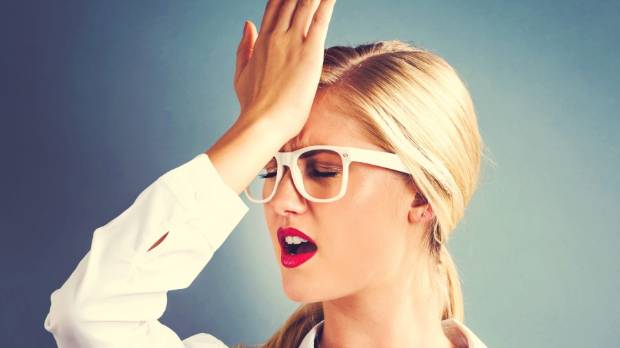
Feelings of Disgust
According to psychologists, this fascination for gross things both has biological and psychological imperatives. So, how are these two related to watching relaxing blackhead removal videos? Researchers claim that when our parents teach us disgust during early childhood, it is also a mechanism to protect us from harmful substances and bacteria that can make us sick. People associate physical symptoms like bumps, nasty odors, wounds, rashes, and others with sickness; and the first reaction we are taught to do is to avoid them.
Psychologists point out to the arousal value of disgusting things, but here arousal dos not just refer to intimate encounters with a partner. Arousal is just the term for exhibiting excitement such as a faster heartbeat or faster breathing. However, the feeling is not always negative, because there is also a positive side to arousal that our brains can read as reward or pleasure.

Add to that the natural human curiosity to know about things. If you’re not averse to the sight of blood on a nasty wound for example, that does not make you a sadist or a future serial killer. And with the ease of finding videos on almost any subject on the Internet, you will no longer feel the same disgust that you are supposed to feel when you see the object right in front of you because you’re safe from having contact with it.
Bile Fascination
Another term used in the Internet is bile fascination, which refers to the feeling of being repulsed and fascinated at the same time. Maybe you know some friends who are never grossed out with terrifying horror scenes and would even comment that it was not as bad as some equally gross scene from another movie.

For these people, they know they will be looking at some horrible stuff that most people have no stomach for, and yet they are also curious about why it was so gross in the first place. It’s like the opposite of wanting to know how brilliant a movie is after reading so many positive reviews. It turns out that bad publicity does work for a lot of people as well. There is a natural curiosity for some who want to know how bad a thing is.
And, hey, maybe you were guilty once of sharing a disgusting video on social media, knowing a lot of people are more interested in it, than say, videos showing altruism.
Some Interesting Facts about Milk Tea
Posted by Editor on Mar 16th, 2018 in Lifestyle | 0 commentsWhile milk tea is considered a popular drink across some Asian countries, the knowledge of most people regarding the drink is still considered limited. Unlike tea or coffee, there is just limited information when it comes to the milk tea drink. Perhaps it’s because the drink has only experienced popularity just recently, or that it has a lesser consumer count when compared to the other staple drinks.
Regardless, here are some interesting milk tea facts you may not have heard before!

Tapioca pearls can define how good a milk tea shop is
For a lot of people, they consider the tapioca pearls as the marker of a good bubble tea place. Everyone has varied preference when it comes to these pearls; some like them chewy and soft, instantly melting in their mouths, while others like to enjoy taking their time in chewing. Good tapioca pearls are somewhere in between. They are chewy enough not to hurt your teeth, but they don’t also break down only after two bites. Quality tapioca pearls are ensured to be neither stale nor overcooked.
But, the toppings can be a choking hazard
There’s a reason why bubble tea isn’t advised for young children. The toppings in milk tea may become a choking hazard for a child (aged 4 years old and below), especially if he/she didn’t chew the pearls properly. Take note of the generous amount of pearl each drink has!

Children aren’t solely the likely victims of choking from milk tea, though. First timers may also suffer from choking, especially if they aren’t used to having their tea with bits of tapioca pearls in it.
There’s a hack in flawlessly putting your straw
Avid milk tea drinkers know that there are times the tea leaks out the top after merely banging the straw against the plastic covering. However, after a series of trial and error, there has been discovered a hack in flawlessly putting the straw in your drink. The thumb must be put atop the straw to create an airtight seal, before stabbing it straight down your drink. The tea is less likely to spill that way!

Most milk tea is made with powdered creamer
Surprise! If you thought your favorite milk tea is made with fresh milk, there is a likely chance you may be wrong. Milk tea is commonly made with powdered creamer, as is observed in some Asian countries like Taiwan (which is the bubble tea’s birthplace itself). However, in order to cater to the preference of the public, various milk tea shops have customized their menus to give their customers a chance to pick if they want milk tea or a fresh milk tea. Undoubtedly, fresh milk tea is said to taste a whole lot better!
